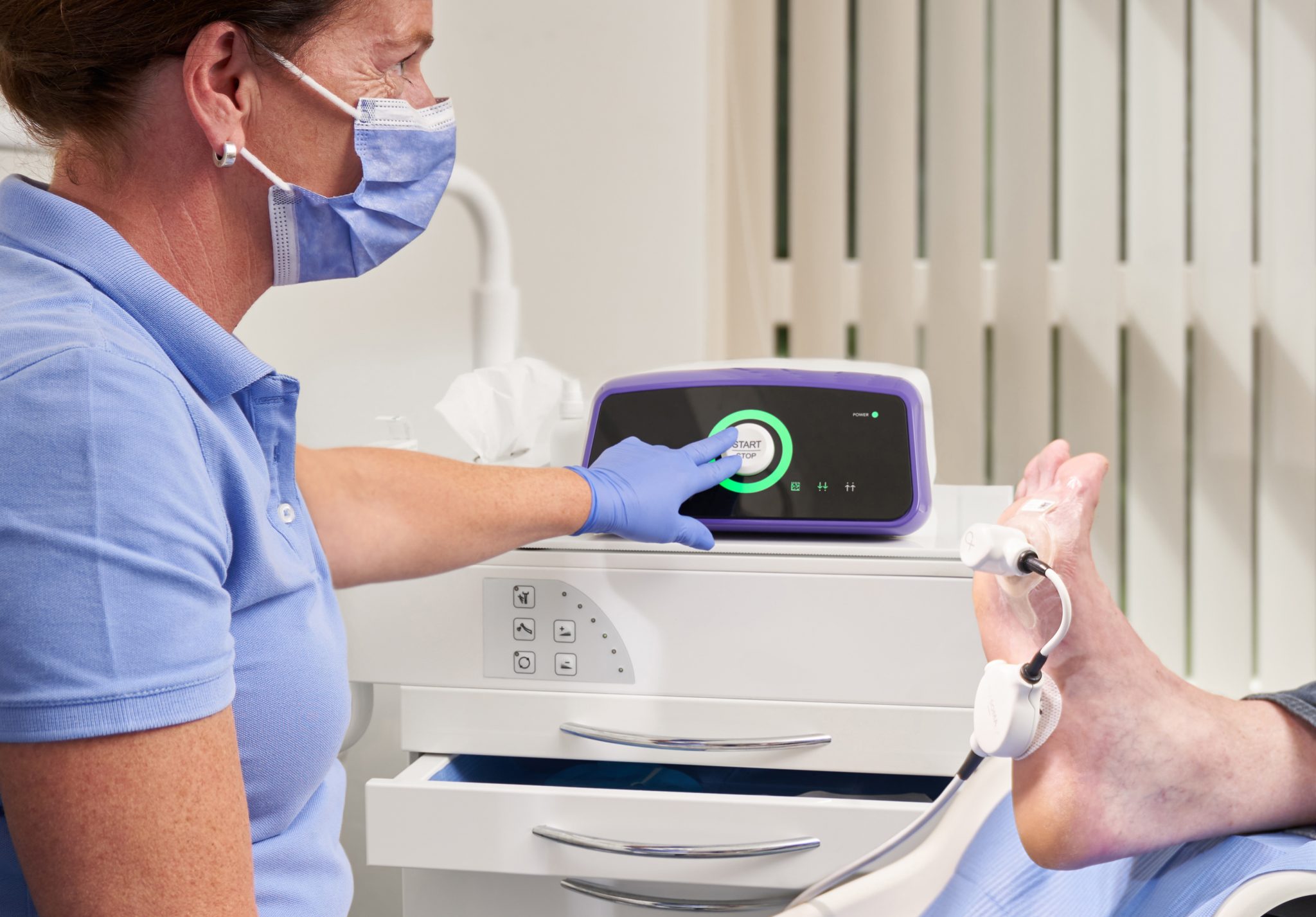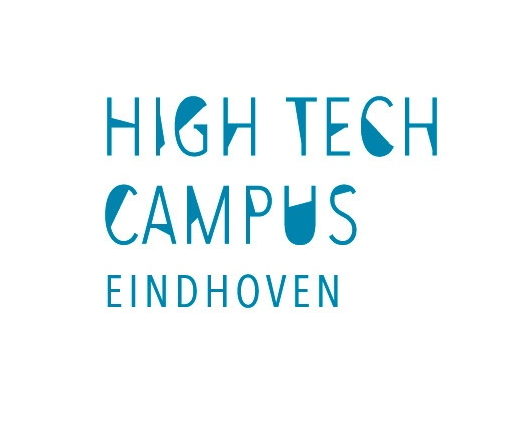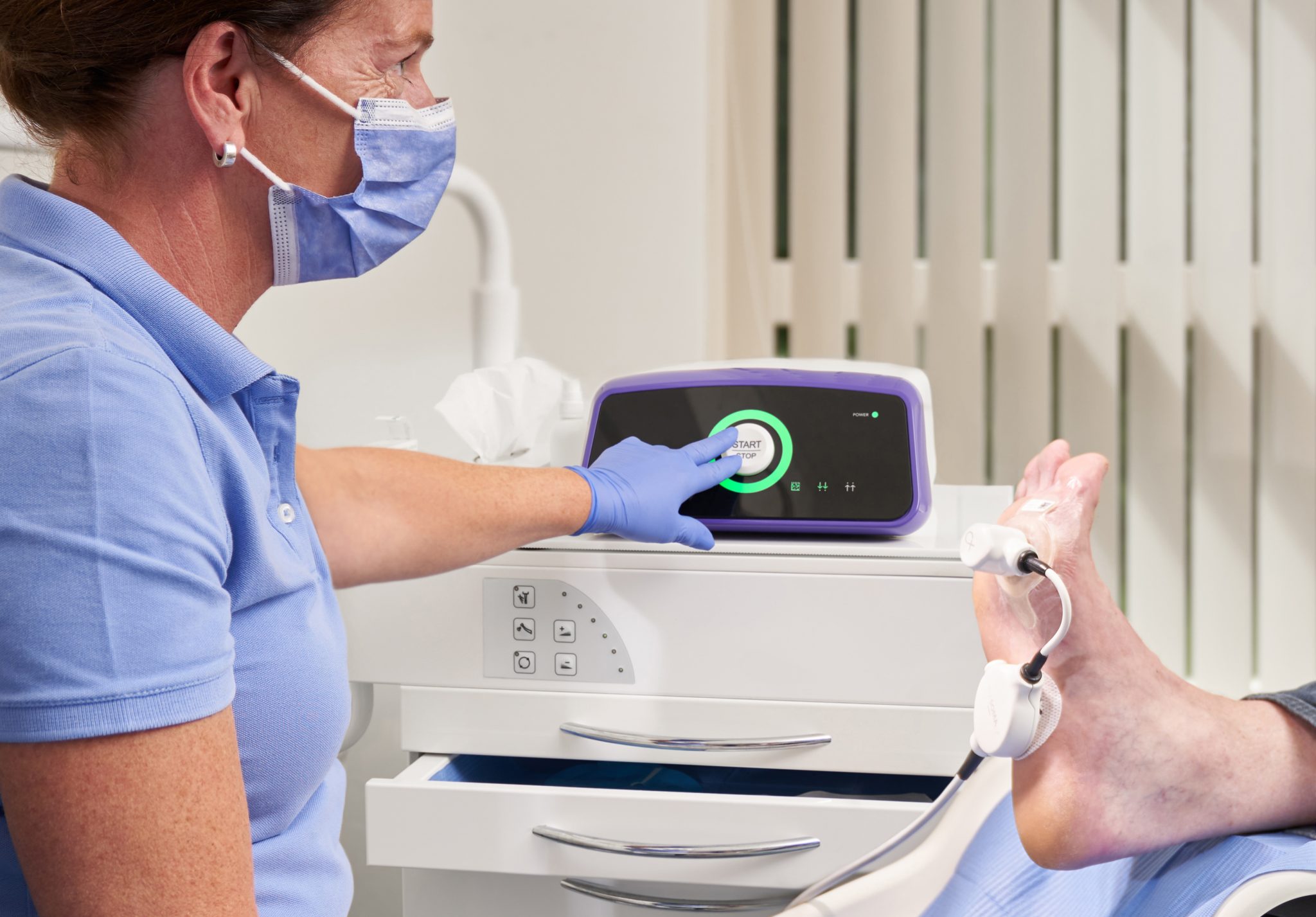


Chronic wounds mainly occur among the elderly. The treatment is fragmented and expensive. There are no specialists like the oncologist for cancer or the internist for diabetes. A diabetic foot wound is treated by the internist, an open leg wound by the dermatologist and if the wound does not close, the patient goes to the vascular or plastic surgeon. In addition to this fragmented treatment, the costs are high because long-term care, medication, and bandages are required. The Dutch Ministry of Health, Welfare, and Sport estimated the total costs for this complex wound care in 2013 at approximately 3.2 billion euros per year.
Treatment methods and therapies are already there in abundance. Some examples: scratching, adding certain ‘dressings’ with or without disinfecting chemical stuff in them, negative pressure therapy to suck away wound fluid and attract extra blood. “Despite all these therapies, a large number of wounds remain open“, says Koen Lim, medical director of the Eindhoven-based Medtech start-up Plasmacure. “Or they close but then open again because of a condition such as diabetes, because the blood vessels are affected. Our drive is to really do something about these chronic wounds with a completely different technique that no one else uses.”
This is very important, first and foremost for the patients themselves. Chronic open wounds have a major impact on people’s lives. In the worst case, someone has to visit every day to take care of the wound. The wounds sometimes stink and people are ashamed of it. In the Netherlands, there are about half a million people with chronic wounds and in about twenty-five percent of them, the wound hardly closes.
Cold Plasma
Plasmacure develops a product that treats wounds with cold plasma: the PLASOMA system. That the approach is promising is shown, among other things, by the first results of a clinical study, the CE marking that the company obtained and the European funding that it recently received. Cold plasma is an ionized gas that is created by adding energy to the gas. This produces all kinds of reactive substances, such as nitrogen and oxygen compounds (ions). Lim: “Those ions are gone after just two minutes. In that time they react with the bacteria and with the wound. The wound gets literally a boost.”
Cold plasma kills bacteria, viruses, and fungi in the wound. The nice thing is that this is also effective on antibiotic-resistant bacteria. “People with diabetic foot wounds nowadays almost all receive antibiotics for a very long time. Cold plasma does not produce resistance. It also promotes blood flow, giving the wound the oxygen it needs to heal.”

It is only recently that the temperature of plasma can be controlled. The Eindhoven University of Technology (TU/e) stood at the cradle to apply cold plasma to chronic wounds. The research group Elementary Processes in Gas Discharges (EPG) was already working on a user-friendly medical product about ten years ago, but it took the team until 2014 before Plasmacure could emerge. Their goal: bringing this technology to the market. Plasmacure still works closely with the TU/e.
Unfamiliarity with cold plasma
Pioneering, six years after the start, has not disappeared, Lim confesses. This is caused by the still widespread unfamiliarity with cold plasma. “Doctors and wound nurses often associate cold plasma with blood plasma. And CE marking requires costly clinical studies. For the first few years, we spent one to two days a week raising money for this.” Pitches and business plans swallowed up a lot of time from Lim and his fellow directors Bas Zeper and Rob Verbakel. But they succeed: a clinical study at Amsterdam UMC showed good results. Diabetic foot wounds averaging three years decreased in wound area by an average of 43 percent within two weeks. Two wounds even closed completely. Twenty patients participated in the study.
These results, among others, led to the CE mark. The company is now allowed to enter the market with PLASOMA. “We are now making agreements with a number of wound care centers about the patient target group, the way the product is used, and how they record the results. This helps us in producing new publications.”
Guiding lines
The Plasmacure team is far from finished. More research is needed, for example, also with non-diabetic patients. And to really enter the medical world and be able to help people on a large scale, a CE mark alone is not enough. “You have to make sure that your product meets the guidelines of practitioners. For example, the ‘diabetic foot wound guideline’ prescribes how to treat a wound and what are proven therapies. We have to make sure that we are on the radar of the doctors who write those guidelines and that they include our cold plasma treatment in the guidelines.”
And then there are the health insurance companies, says Lim. “Reimbursement of the treatment is a separate story.” In short: A medical innovation costs a lot of time and money, not everyone can enter that market just like that. “It’s really a long term investment we are making, but one that’s worth it. Those barriers are also there for competitors. Once you’re through them, you’re in a good position to be successful.”
Growth within Brainport
When Lim joined Plasmacure three years ago, there were four people working there. Now the company has twelve, split between the High Tech Campus in Brainport Eindhoven and the Novio Tech Campus in Nijmegen. “A small, motivated group. Everyone matters and is willing to go the extra mile. We have already achieved a lot. The Brainport ecosystem was important in that growth”, he says. “The region is designed to support innovation. Through cooperation, but also through financing. For example with a subsidy from the stimulus fund of the Eindhoven Metropolitan Area (MRE).” In its early days, Plasmacure received support from MRE twice for the development of the prototype. The Rabobank Innovation Loan and Brightmove’s Proof-of-concept loan also helped the company in the initial period. For Plasmacure, these grants and loans were a prelude to follow-up financing through venture capital.
The success of Plasmacure does not stand alone; the MedTech sector in the Eindhoven region is growing. Companies such as Xeltis, Microsure, and GTX Medical are creating a stir with their innovations for the healthcare sector. To ensure that these innovations reach the patient as quickly as possible, the Eindhoven-based ‘MedTech Coalition‘ was founded. This cooperation also helped in the award of the European EIC Accelerator Grant, within Horizon 2020 program.
The grant gives room for product development and the necessary clinical studies. “We also want to use the money to expand our market to Germany and England. Large markets, not too far away, with a culture that is accessible to us. We could also focus on China, the Middle East, or America, but we’re not that big yet. We have to choose wisely what we are going to do and what we are not going to do at the moment.”
This article was written by Corine Spaans of Innovation Origins.